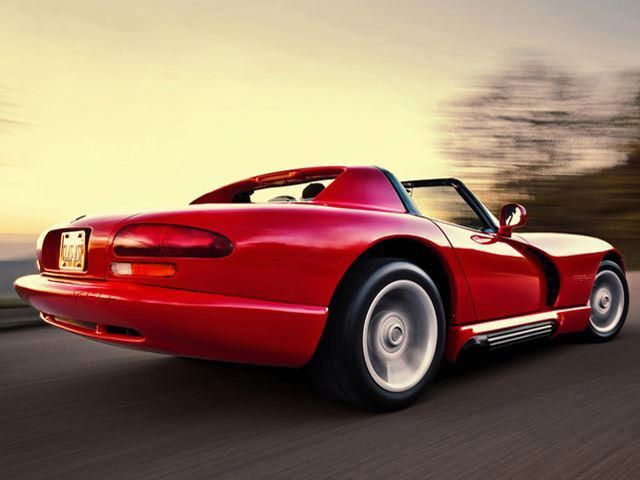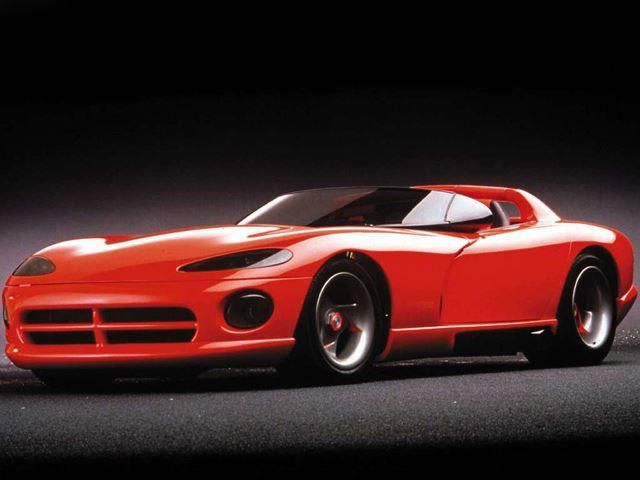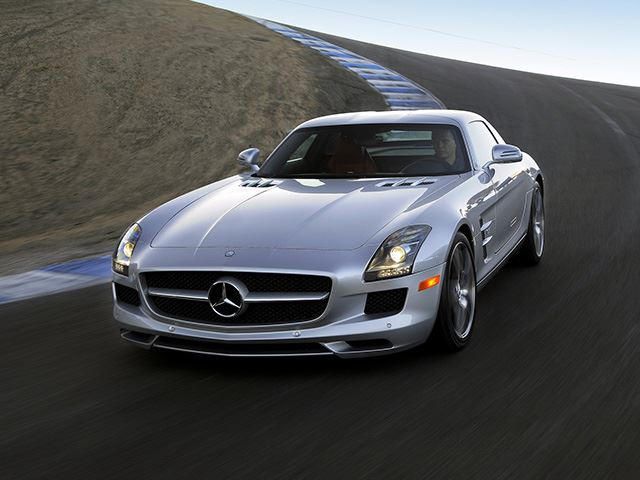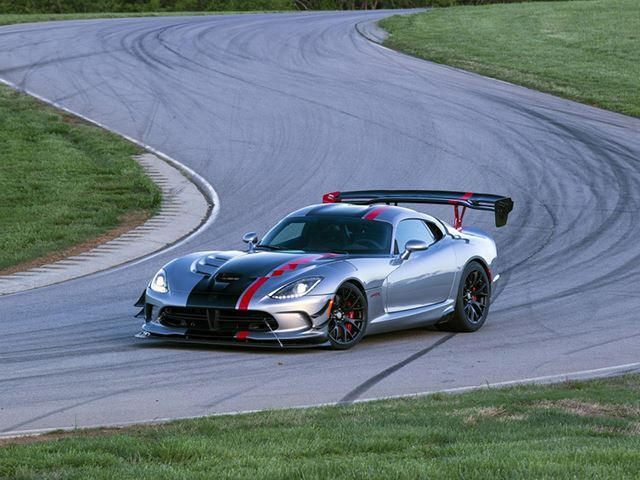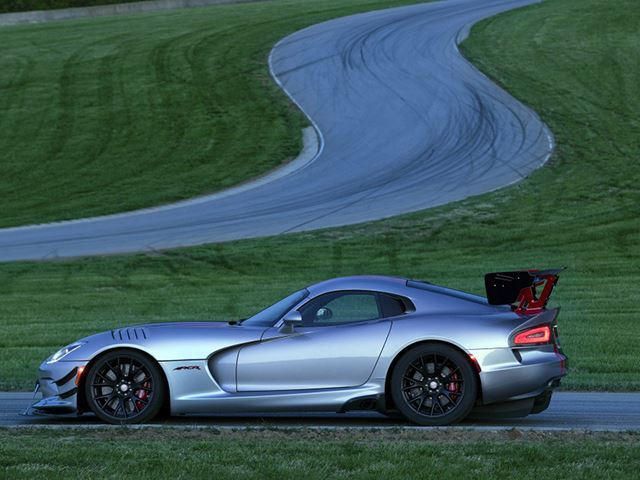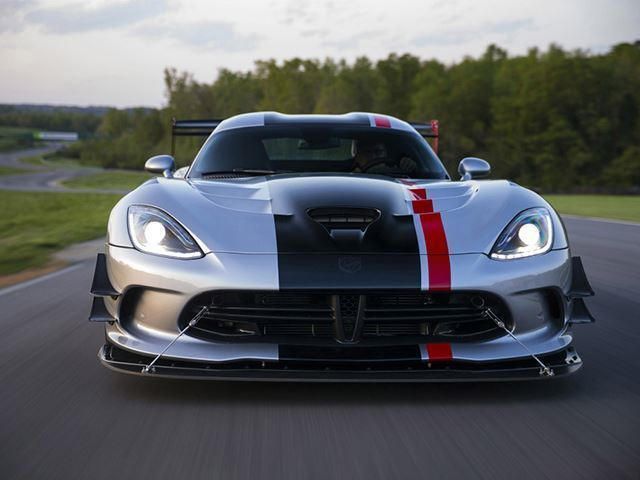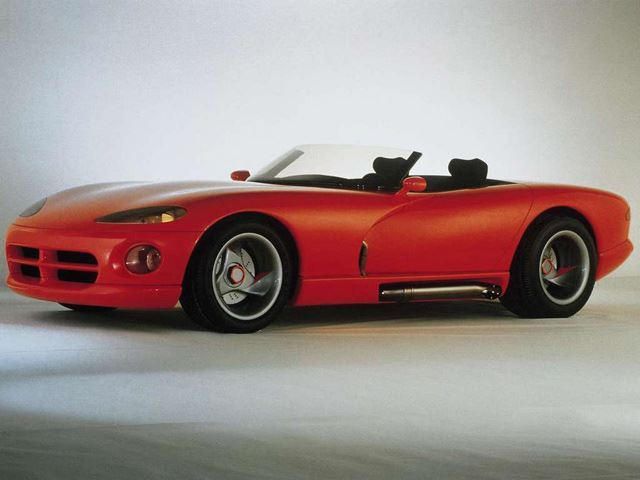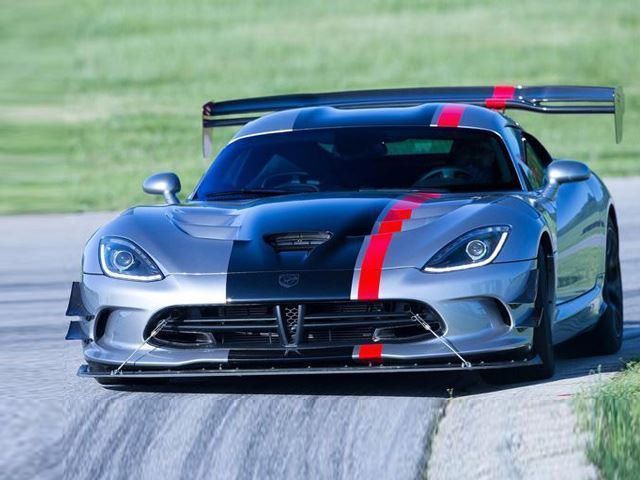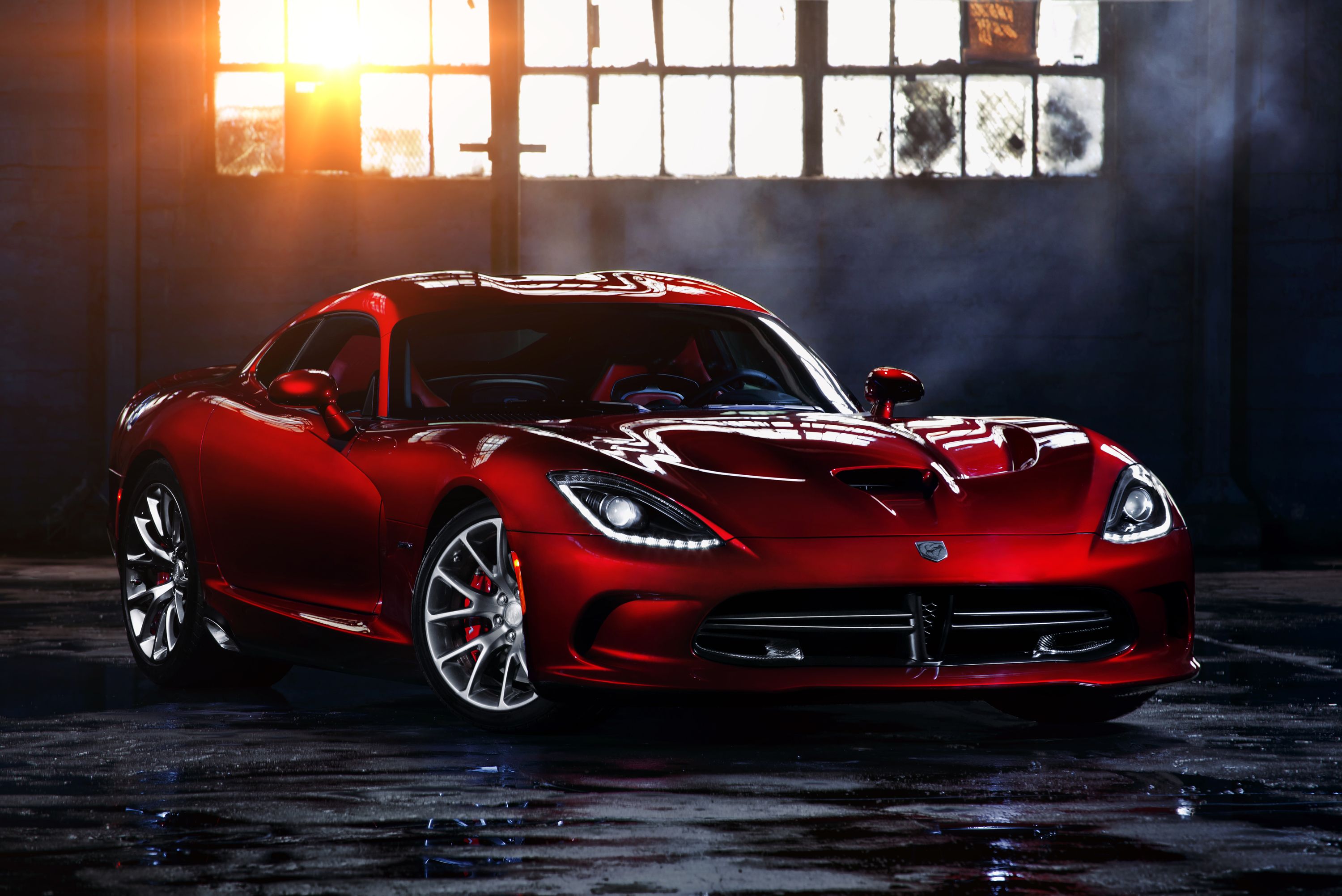
Once again, like an indecisive couple who can't decide if their relationship is healthy or not, Dodge has broken off the Viper. One of the most underrated race cars of our time, and despite having gobs of horsepower and sinister looks, the Viper simply didn't sell well. Now, FCA CEO Sergio Marchionne has spoken and a new grave plot is being dug up. In order to give the Viper a proper send off, we want to look back through the car's 25-year history to tell you about our five favorite Dodge Vipers.
The first generation Dodge Viper showed its face in showrooms back in 1992. Like the snake on which the car is named, the Dodge Viper was built to kill, not its challengers, but its driver. It came loaded with an 8.0-liter V10 engine that weighed 700 pounds. The power plant was taken from Chrysler's truck lineup and was modified with help from Lamborghini. The Italian company must have helped build the chassis too because the first Viper, like the Lamborghinis of the era, was a handful when pushed to the limit. In fact, it was such a mess on the knife's edge that it was almost impossible to push since the 400 horsepower doled out by the engine was allotted to sublimating tires instead of conquering race tracks.
The second generation Viper came with a host of improvements that combined a larger engine with a lighter package. With the experience of winning the 1997 GT2 Championship and some fine tuning, Dodge introduced the Viper ACR in 1999. In contrast to the first Viper rendition, this snake managed to lap the Nurburgring with a time of 7:12.13, making it the sixth fastest rear-drive vehicle to do so at the time. For reference this is faster than the Lexus LFA Nurburgring package. In this car, power was upped to a noisy 460 ponies while weight was cut by over 50 pounds. A revised suspension and new aerodynamic elements came together to make the Viper ACR a true race car that undercut its competitors with top notch performance and bargain basement price.
No, you didn't accidentally deviate to another list, you are actually looking at a Mercedes SLS AMG on a list that celebrates the Dodge Viper. The reason why is that previously, it was rumored that the SLS AMG was based off of Chrysler's plans for another Viper. If you remember, Mercedes and Dodge used to have a connection back in the days of the Daimler Chrysler merger. As the story goes, just before the split, Mercedes stole the plans from Dodge and then proceeded to build the SLS AMG. However untrue (the two cars are so far removed that the rumor is hardly believable), it is fun to play with the idea that Mercedes designers got the long hood and pushed back greenhouse positioning of the SLS AMG by taking inspiration from the Viper.
In 1998, Dodge thought it would treat its fan base to something special. Chrysler had just won the 1997 GT2 championship, so yet again it rolled out a barley legal version of a car that was intended for nothing more then the race track. To make the car feel more special, a plaque was placed inside the vehicle and that was it. The only other treat was the fact that the car was essentially a race car. Based off of the actual GT2 racer, the lightly modified track machine featured a V10 that cranked out 460 horsepower. To the enthusiast's eye, the Viper GT2 looked like the GTS-R because it's body and aerodynamics package was essentially the same. Only 100 of the street legal versions were sold, making it one of the rarer Vipers to roam the streets.
After coming back to life following a disappearance in 2010, the Dodge Viper was yet again trying to find a way to take its reputation as a car for brutes and spit it in the faces of Porsche, Ferrari, and McLaren. This time around, it decided to build another ACR. Like previous special edition Vipers, the ACR was just a race car with airbags to make it legal. This time it had an 8.4-liter V10 producing 645 horsepower. To tame it all, the Viper featured so many aerodynamic elements that it could make a wind-powered sailboat feel belittled. The results of the crude pursuit of lap times was effective because the souped up snake managed to beat million dollar hypercars like the Porsche 918 Spider and McLaren P1 at a 90% discount.

